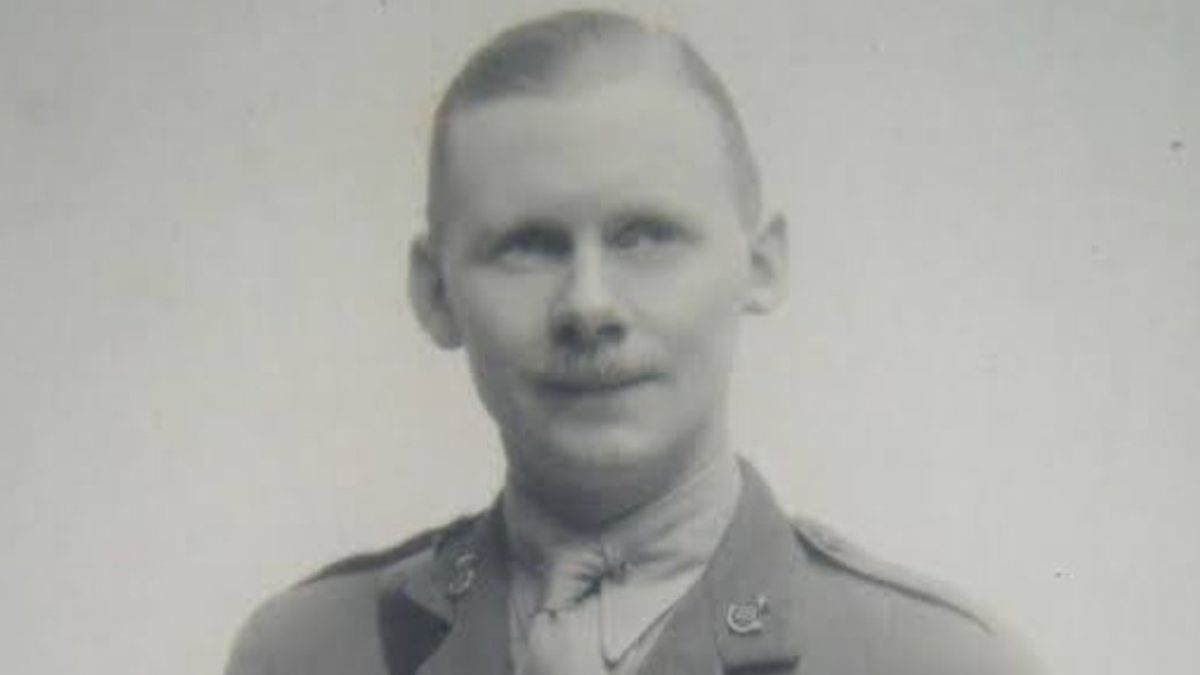Port Blair, the capital of the Andaman and Nicobar Islands, has long carried the name of Captain Archibald Blair, a British naval officer of the East India Company after whom the gateway to the island was named after.
However, this chapter in history took a bold turn on Friday when the Indian government announced the renaming of Port Blair to ‘Sri Vijaya Puram’ to “free the nation from colonial imprints”.
Union Home Minister Amit Shah explained in a post on X that the previous name had a “colonial legacy”, while the new name symbolises the victory achieved in our struggle for freedom.
“Andaman & Nicobar Islands have an unparalleled place in our freedom struggle and history. The island territory that once served as the naval base of the Chola Empire is today poised to be the critical base for our strategic and development aspirations,” he added.
But who was Captain Archibald Blair, and why was the capital city of Andaman and Nicobar island named after him in the first place? Let’s take a closer look
Who was Captain Archibald Blair?
Captain Archibald Blair, a British naval officer, joined the Bombay Marine as a Lieutenant under the British East India Company in 1771. His first assignment, according to Stephen Luscombe, who runs a website on British colonial history, was in 1772 as a midshipman, where he embarked on a survey mission along the coasts of India, Iran, and Arabia.
In 1780, while on an expedition to the Cape of Good Hope, Blair’s journey took an unexpected turn. He was captured by a French warship and held prisoner until 1784. Eventually handed over to the Dutch, he was returned to the Bombay Marine, receiving a hefty compensation of £200 for his ordeal.
Upon his return, Blair continued his naval voyages, conducting surveys across the Indian Ocean. Between 1786 and 1788, he surveyed areas including the Chagos archipelago (near south of Maldives), Diamond Harbour near Calcutta, and the Hooghly River.
Impact Shorts
More ShortsOne of Blair’s most significant undertakings was his survey of the Andaman Islands, carried out from December 1788 to April 1789. On 12th June 1789, he presented his comprehensive findings to the British governor-general in Calcutta.
His detailed report prompted the British Empire’s decision to colonise the Andaman Islands. The British aimed to use the islands as a safe harbour to counter Malayan pirates, to serve as a refuge for shipwrecked people, a watering station, a shelter from storms for all shipping, and a naval base in case of hostilities with other powers.
What did he do in Andaman?
During his expedition to the southern part of Great Andaman Island, Captain Archibald Blair discovered a stunning natural harbour. He named it Port Cornwallis after Commodore William Cornwallis, Commander-in-Chief of the British-Indian navy. Later, it was renamed Port Blair in his honour.
Blair quickly recognised the strategic value of the harbour, wrote Luscombe.
The naval officer hoisted the British flag and set up a redoubt on Chatham Island. Afterward, he sailed north to Baratang Island and then west across Ritchie’s Archipelago, where he observed a volcanic eruption on Barren Island.
After the British decided to colonise the Andamans, Captain Alexander Kyd appointed Blair and Lieutenant RH Colebrooke to carry out further surveys.
Blair returned to Chatham Island in September 1789 as the first officer-in-charge of the new settlement. The colony initially thrived, with forests cleared, cottages built, and kitchen gardens and orchards planted, according to the official website of South Andaman district.
However, in December 1792, the government ordered the settlement to be relocated to a new Port Cornwallis in Northern Great Andaman, with plans for it to become a naval base. This move proved disastrous, as illness quickly spread through the colony. In March 1793, Blair was asked to hand over control to Major Kyd, as his services as a surveyor they said were no longer required.
Despite Kyd’s efforts, the colony was abandoned in 1796 due to disease and resistance by the natives. Captain Blair returned to England in 1795.
The idea of a permanent colony resurfaced sixty years later, leading to the creation of a penal settlement in 1858. To isolate them from the motherland, the British sent the first group of 200 freedom fighters from the First War of Indian Independence to the island.
With input from agencies


)

)
)
)
)
)
)
)
)



